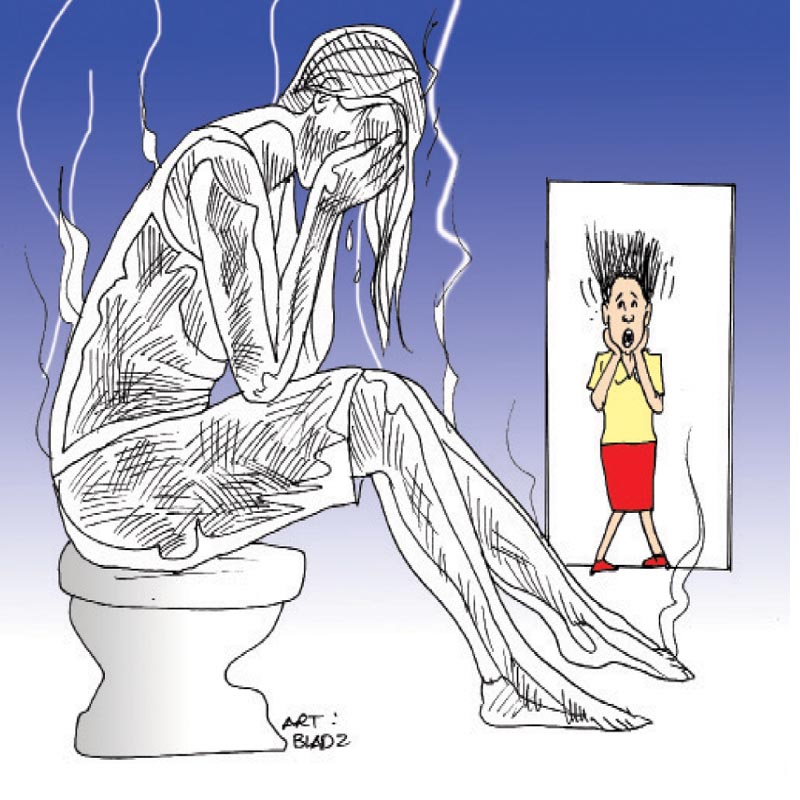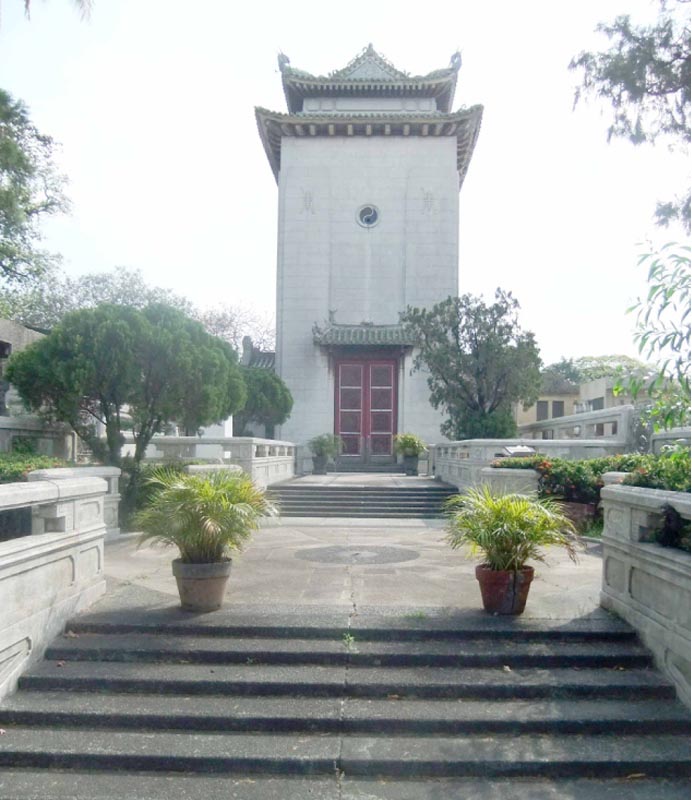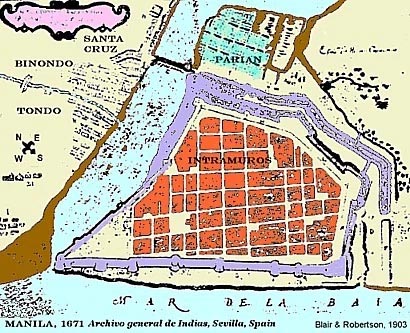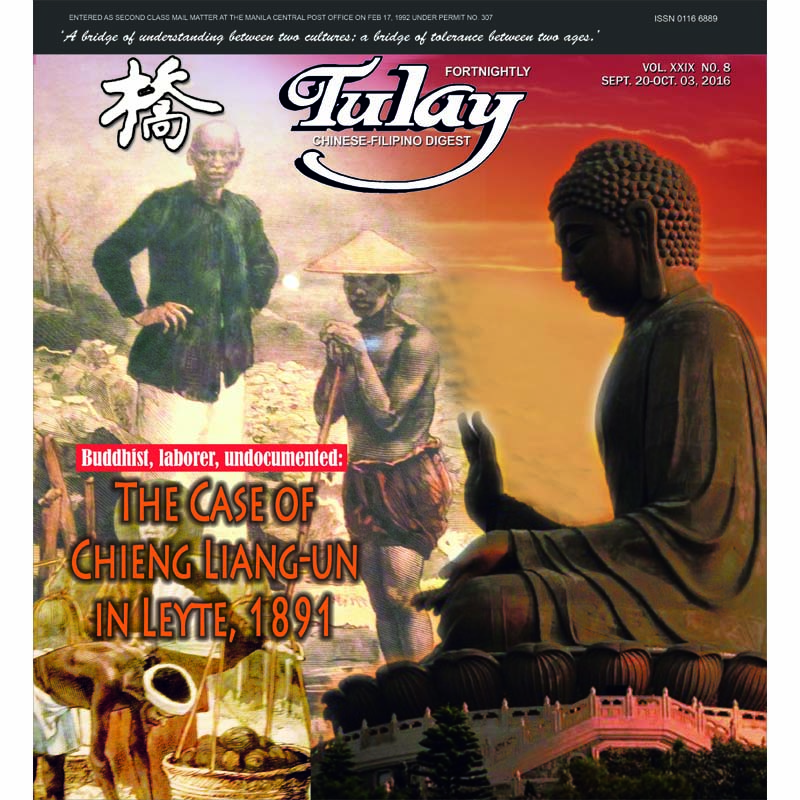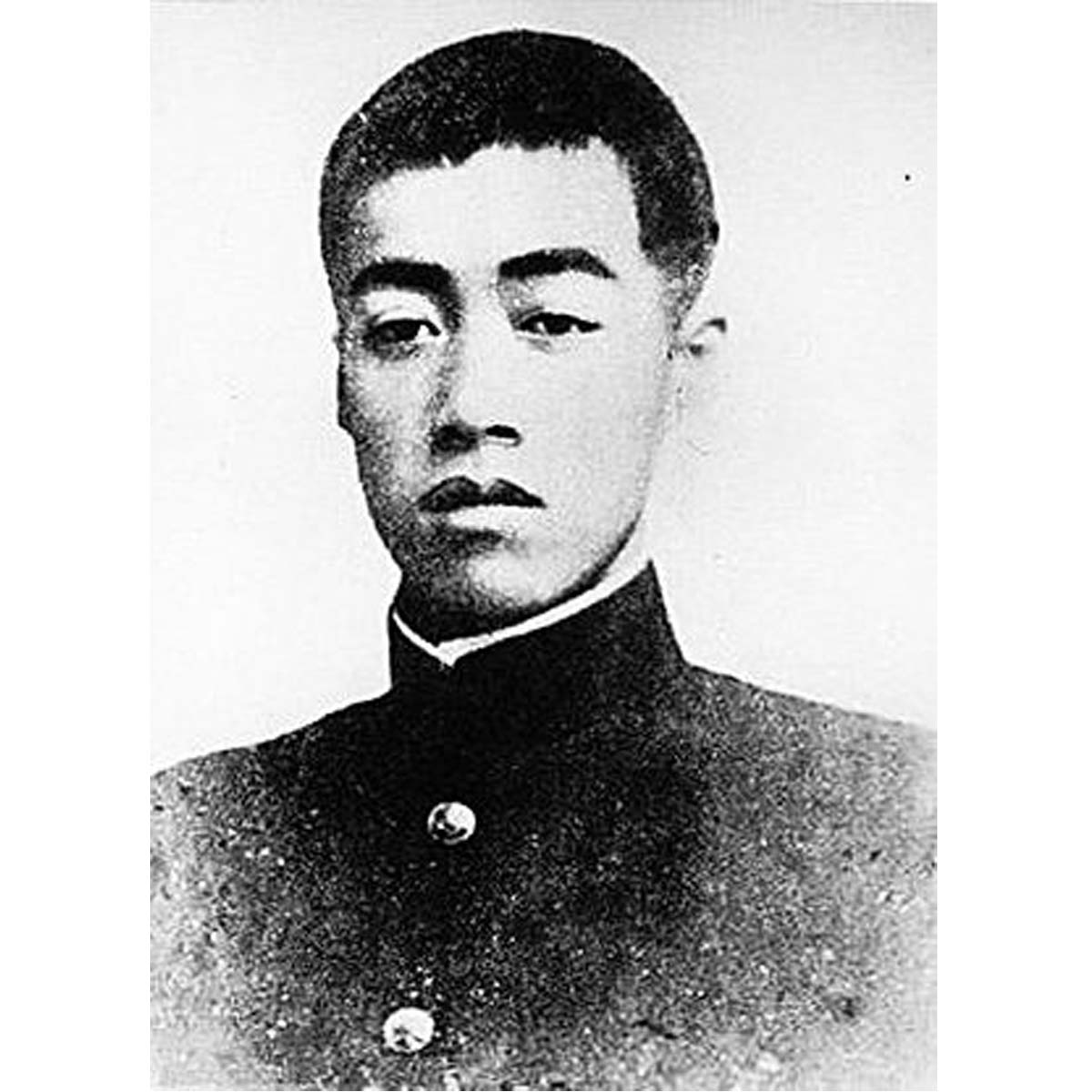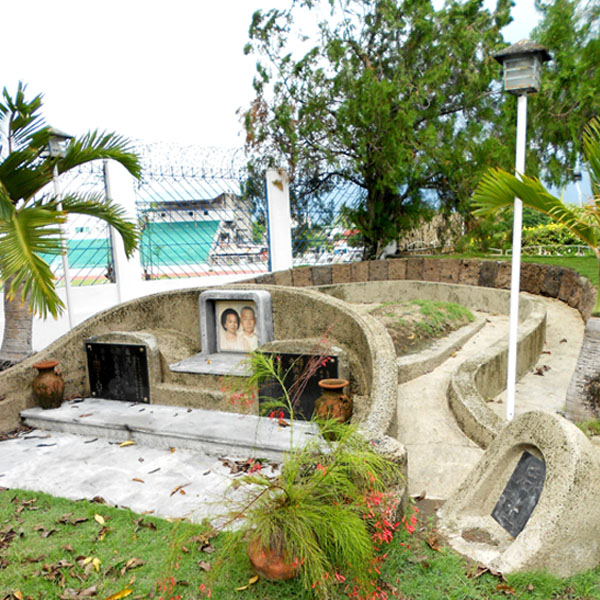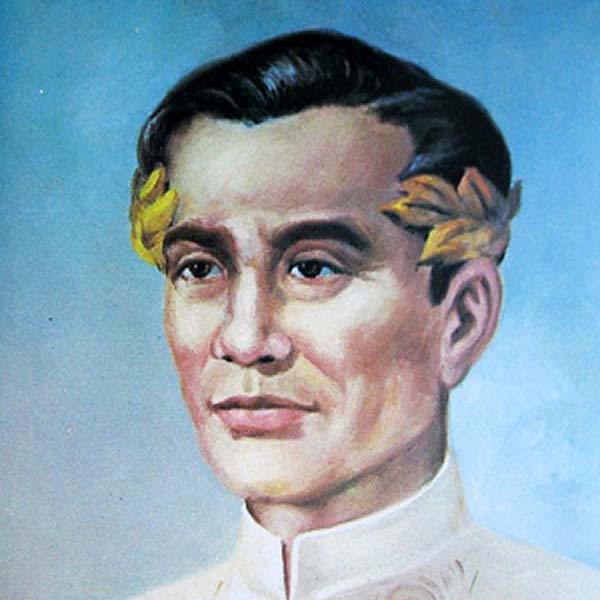First published in Tulay Fortnightly, Chinese-Filipino Digest, November 1-14, 2016 | vol. 29, No. 11 | Do you believe in ghosts? I didn’t use to, but now I have to admit that I do. I think back to the big ancient house in Santol that my grandparents lived in, where Japanese soldiers were reportedly killed, […]
My ghost story
